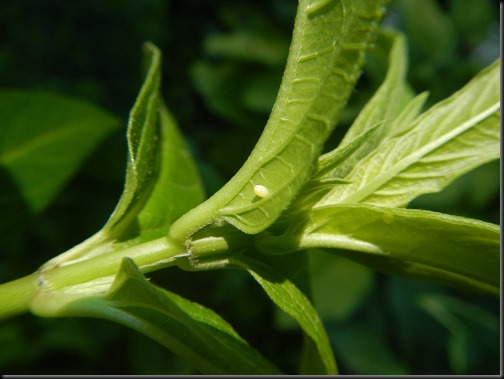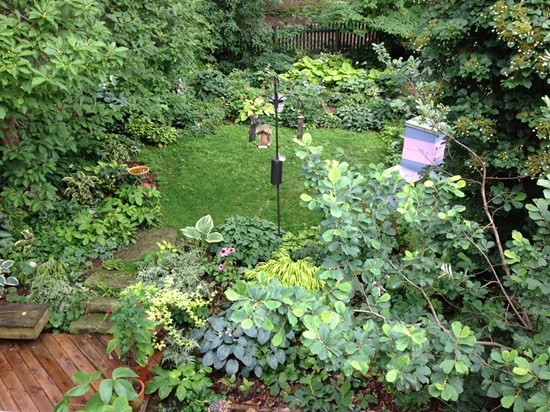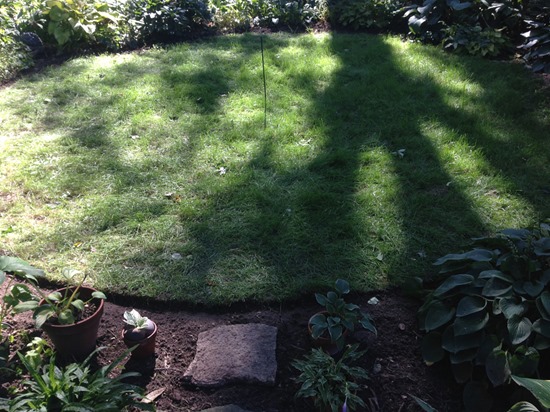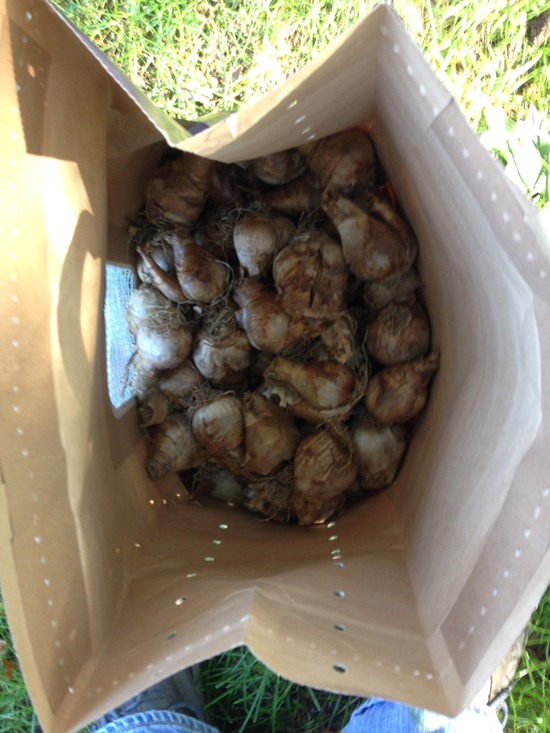I’ll start with the good news. Yesterday I saw a monarch flitting around the back yard in the vicinity of the new plantings which include some rose milkweed. I suggested she stay and lay some eggs. No sooner had I said that than she lighted on the top of one of the plants and deposited this little jewel.
There’s another egg to the right of it, but I doubt she laid both of them. From what I understand a monarch will only lay one egg on a plant. It will be fun to watch the little bugger hatch and develop over the next weeks.
Now for the bad news. In my haste to get some plants established last fall I resorted to buying a cultivar of Monarda rather than a local species. They were on sale, after all! Well, now they’re blooming for the first time and I have big time buyer’s remorse.
I wish I had kept the label or could remember the name of this pink monstrosity. The picture doesn’t do it justice; it’s positively gross. Nothing like the nice lavender Monarda fistulosa blooming in the prairies right now. I’ll keep my eyes on them to see if any insects feel otherwise, but for now I think I’m going to have a hard time adjusting. Maybe they’ll turn out to be thuggish spreaders and I’ll have another excuse to introduce them to the compost pile.






